What’s it like to live in space? To get some insight on playing an astronaut going to Mars, Hilary Swank visited NASA’s Johnson Space Center, and spoke with astronaut Jessica Meir, who lived aboard the International Space Station for over 200 days. Bonus: Mission Control cartwheel.
Category: space – Page 709
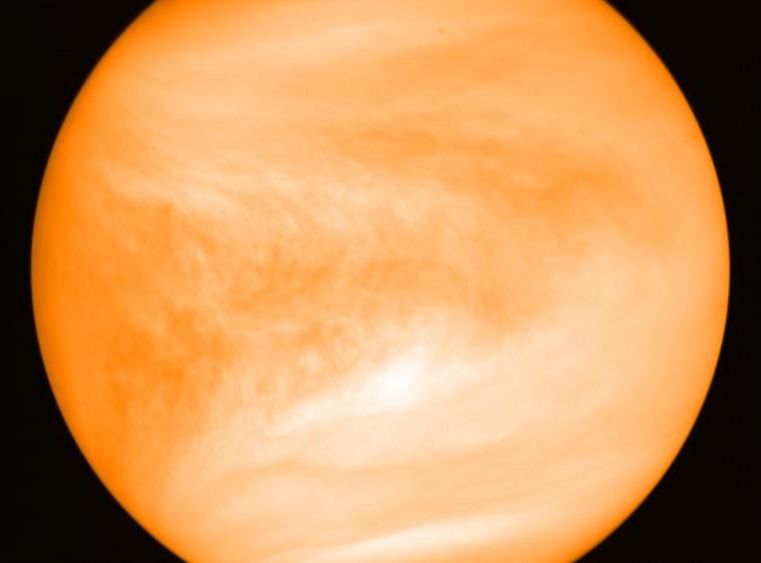
‘Venus is a Russian planet,’ Russian space agency director says
In a statement, Roscosmos noted that the first missions to explore Venus were carried out by the Soviet Union.
“The enormous gap between the Soviet Union and its competitors in the investigation of Venus contributed to the fact that the United States called Venus a Soviet planet,” Roscosmos said.
The Russians claim to have extensive material that suggests that some objects on the Venusian surface have changed places or could be alive, although these are hypotheses that have yet to be confirmed.
Russia has announced an intention to independently explore Venus a day after scientists said there was a gas that could be present in the planet’s clouds due to single-cell microbes.
The head of Russia’s space corporation Roscosmos, Dmitry Rogozin, told reporters that they would initiate a national project as “we believe that Venus is a Russian planet,” according to the TASS news agency.
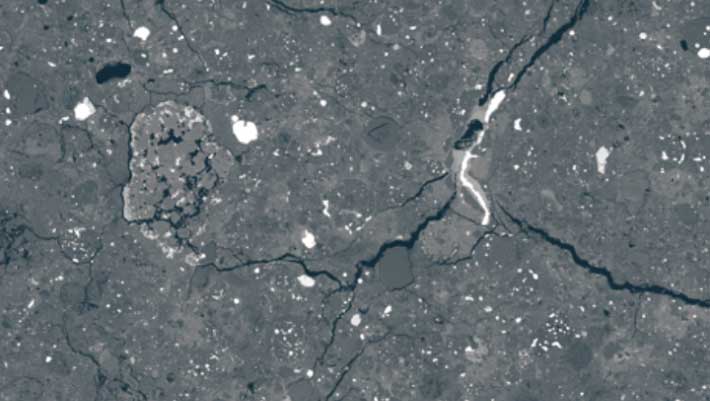
Researchers Find Extraterrestrial Amino Acids in Antarctic Meteorite
A team of astrobiologists from NASA’s Goddard Space Flight Center and the Carnegie Institution for Science has found a wide diversity of amino acids in Asuka 12236, a carbonaceous chondrite meteorite recovered from the Nansen Ice Field in Antarctica by Belgium and Japan researchers in 2012.
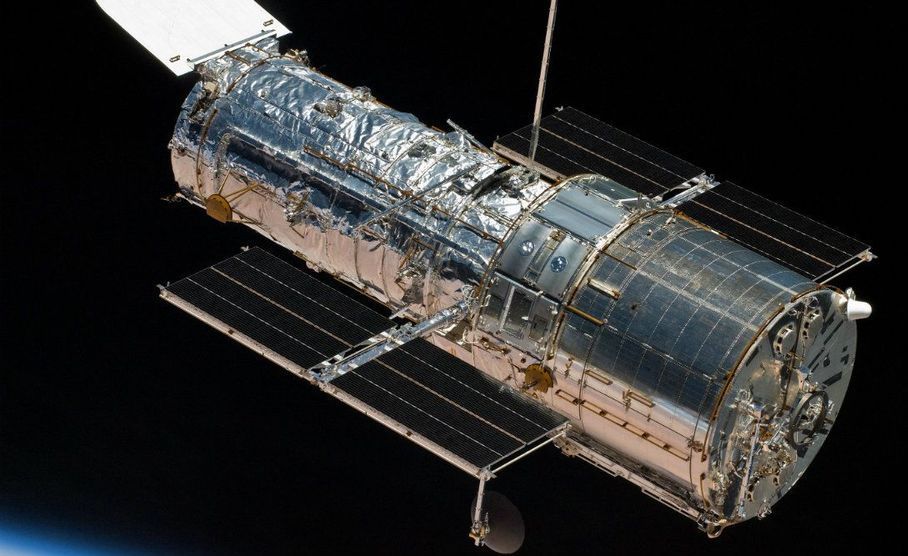
NASA page lets you see what Hubble telescope captured on your birthday
The mysterious world of space has still not been deciphered by the gaze of human beings on Earth. As a matter of fact, NASA in its consistent efforts, developed the Hubble telescope in the 1990s to observe eye-catching happenings in the universe and since then for every second, it’s doing that quite persistently.
Recently, the US-based space agency announced that it can showcase which new galaxy it captured, what unusual did it notice about our stars, solar system and planets and what patterns of ionized-gases it observed, on any specific day. So users can use the new tool to check what Hubble captured on your birthday, but for any specific year.
Check out the tool here.
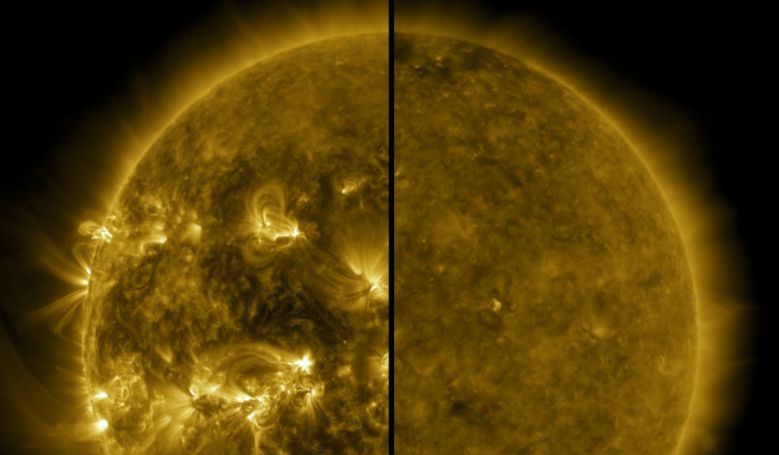

The Air Force has already built and flown a prototype of its first new fighter jet in two decades
Wow cool.
The Defense Department may not have finished working out all the kinks in the ultra-expensive and perpetually buggy F-35 Joint Strike Fighter, but the Air Force is plowing ahead with plans for a next-generation fighter jet.
Defense News reports that the service has secretly designed, built, and flown a prototype of a future fighter jet under its Next Generation Air Dominance program.
“We’ve already built and flown a full-scale flight demonstrator in the real world, and we broke records in doing it,” Air Force acquisition chief Will Roper told Defense News during the Air Force Association’s Air, Space, and Cyber Conference. “We are ready to go and build the next-generation aircraft in a way that has never happened before.”
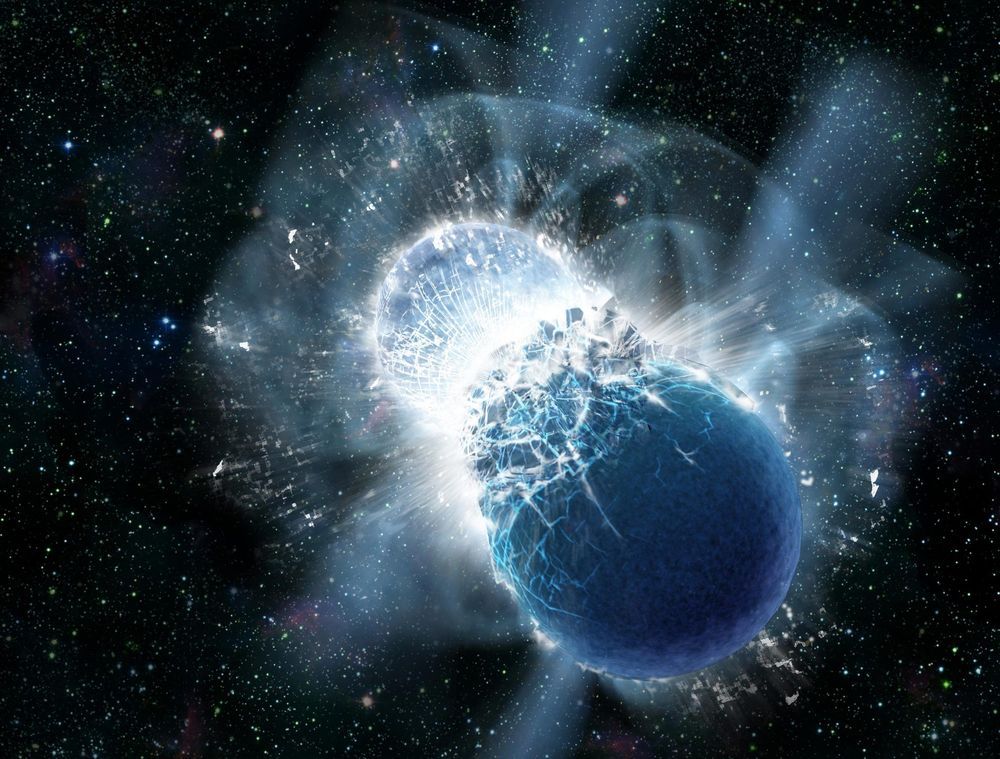
Colliding Neutron Stars Generate Just Small Amounts of Gold, Creating an Astronomical Mystery
Colliding neutron stars were touted as the main source of some of the heaviest elements in the Periodic Table. Now, not so much …
Neutron star collisions do not create the quantity of chemical elements previously assumed, a new analysis of galaxy evolution finds.
The research also reveals that current models can’t explain the amount of gold in the cosmos — creating an astronomical mystery.


How cats see the world compared to humans
SEEING THE STARS AS KITTY CAT SEES THEM. In addition to “naked eye Astronomy” and astronomy with a telescope, there will eventually be something which could be called, “kitty cat astronomy.” Cats have something like 6x the rod cells as human eyes do, but far less cone cells, meaning they can see very faint objects, but lack the human ability to see intricate colors and detail. Cats do not have better vision than humans, but better night vision. Humans have better vision for the things they have evolved for, such as reading books and working on machines during the day. If the human pupil were a bit less than an inch wide, we could theoretically see as brightly as a cat sees at night. Orion Telescope Company has actually produced a purely optical wide angle “binocular-google” that boosts human BRIGHTNESS vision by four times. With new flat lens optics, capable both of extremely short focal lengths as well as off-axis focusing, such a system could eventually be fitted into a pair of eyeglasses. The trick is getting all that aperture into an exit pupil under 7 mm wide, the width of the human pupil at maximum, in dark settings. Otherwise, that extra light is going to waste. Flat lens systems can be designed with ultra low focal ratios, such as F1 or F2, meaning that this would be possible. A pair of eyeglasses could incorporate an under-one-inch optical system, if it were thin enough. Note that it would not be the same as a simple pair of glasses, but an actual telescopic system, collapsed down into a very thin package—with magnification 1x, and brightness intensification 6x or 10x or whatever.
Moreover, since flat lens optics can just as easily create off-axis focal planes (not down the center of the objective lens as with traditional optics), such “binocular-googles” could also be made arbitrarily large. This is because the space between the eyes of about 1.5 inches complicates the size of diameters for the objective lenses. This is why binoculars have to reroute the images through mirrors or prisms, to fit into eyepieces that are the same distance apart as your eyes. However, with flat off-axis lenses, there could be a straight simple line directly to your eyes. (The focal point, instead of being perpendicular to the center of the lenses, could be designed to hit near the edge.) With moderately larger googles we could even see as well as an OWL, or even better. All of this is without even taking into account night-vision technologies which could be added. These are purely optical systems, with no power requirements and so on. When the latter function is added, note that the idea of having lights shining brightly throughout the night will become unnecessary. You could turn off almost all of the night lights in New York City, and everyone would be able to see just fine. Maybe your grandchildren will ask you, “Grampa, how did people see the stars a long time ago, if they had all those bright lights shining in their face?”
https://www.businessinsider.com/pictures-of-how-cats-see-the…ple%20need.
What do cats see?
Artist Nickolay Lamm consulted three experts to hypothesize how cats view the world compared to humans.
The biggest difference between human vision and cat vision is in the retina, a layer of tissue at the back of the eye that contains cells called photoreceptors. The photoreceptors convert light rays into electrical signals, which are processed by nerve cells, sent to the brain, and translated into the images we see.

Omlet Arcade – Mobile Game Livestreaming
Real Mars video
1.8 billion pixels! Amazing new Mars panorama from Curiosity.
For 10 years NASA has been capturing images of mars and they now reveal the planet’s amazing beauty.
Omlet Arcade is the largest mobile gaming and livestreaming community. Stream, play, and win with fellow PUBG Mobile, Fortnite, Minecraft, Roblox, Mobile Legends, and Free Fire gamers today!